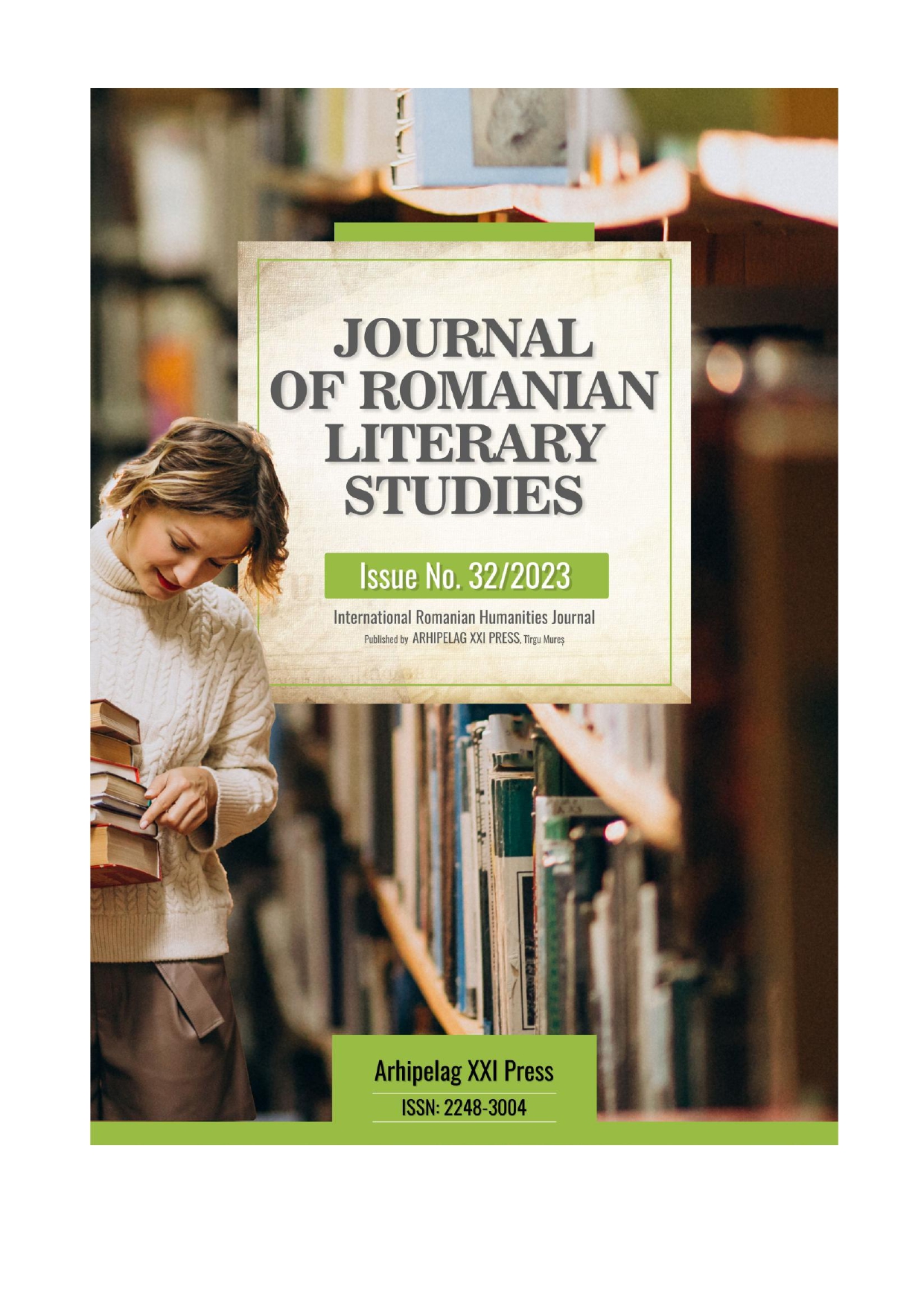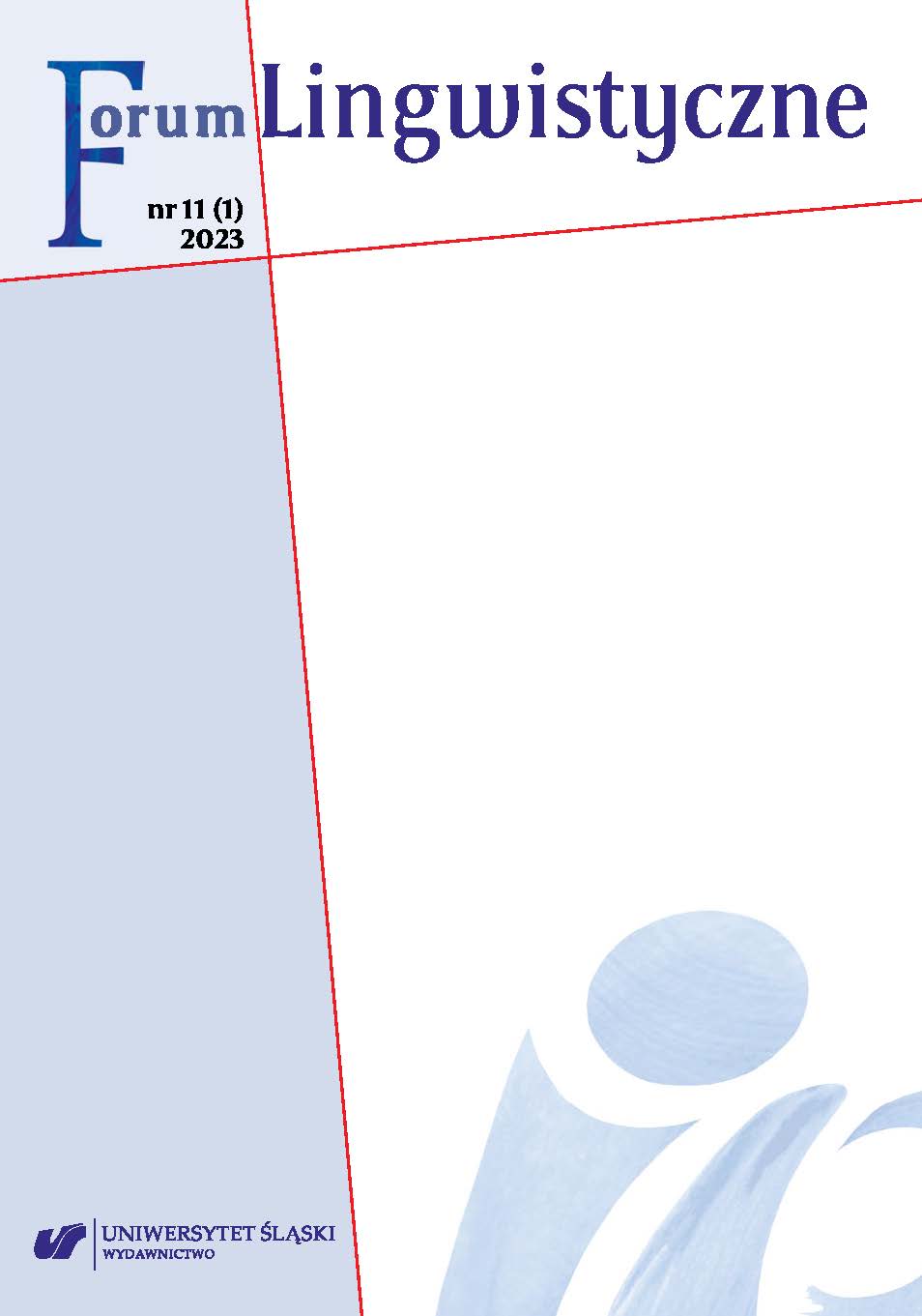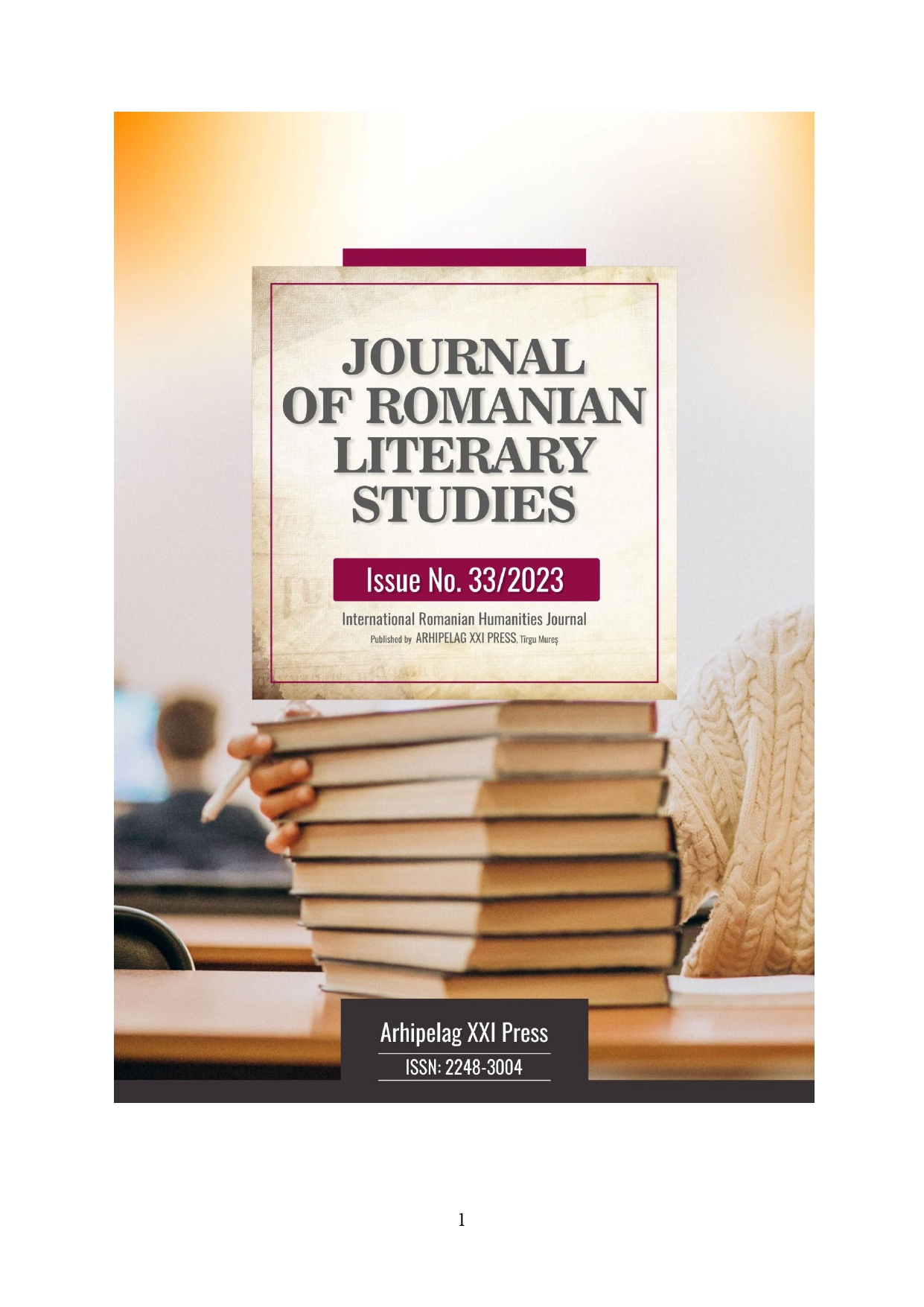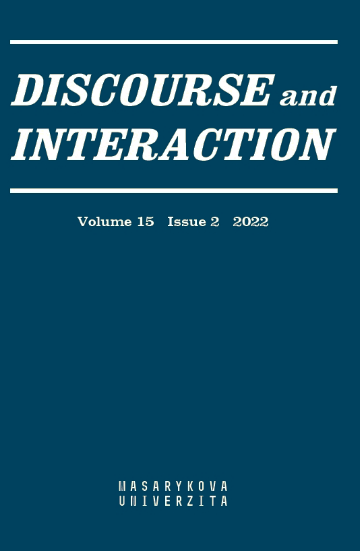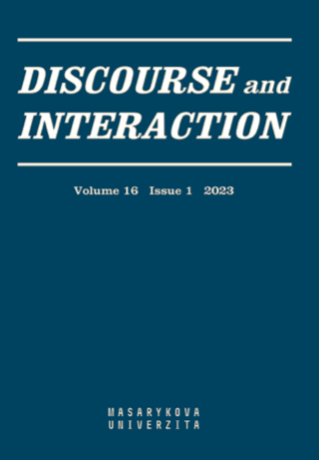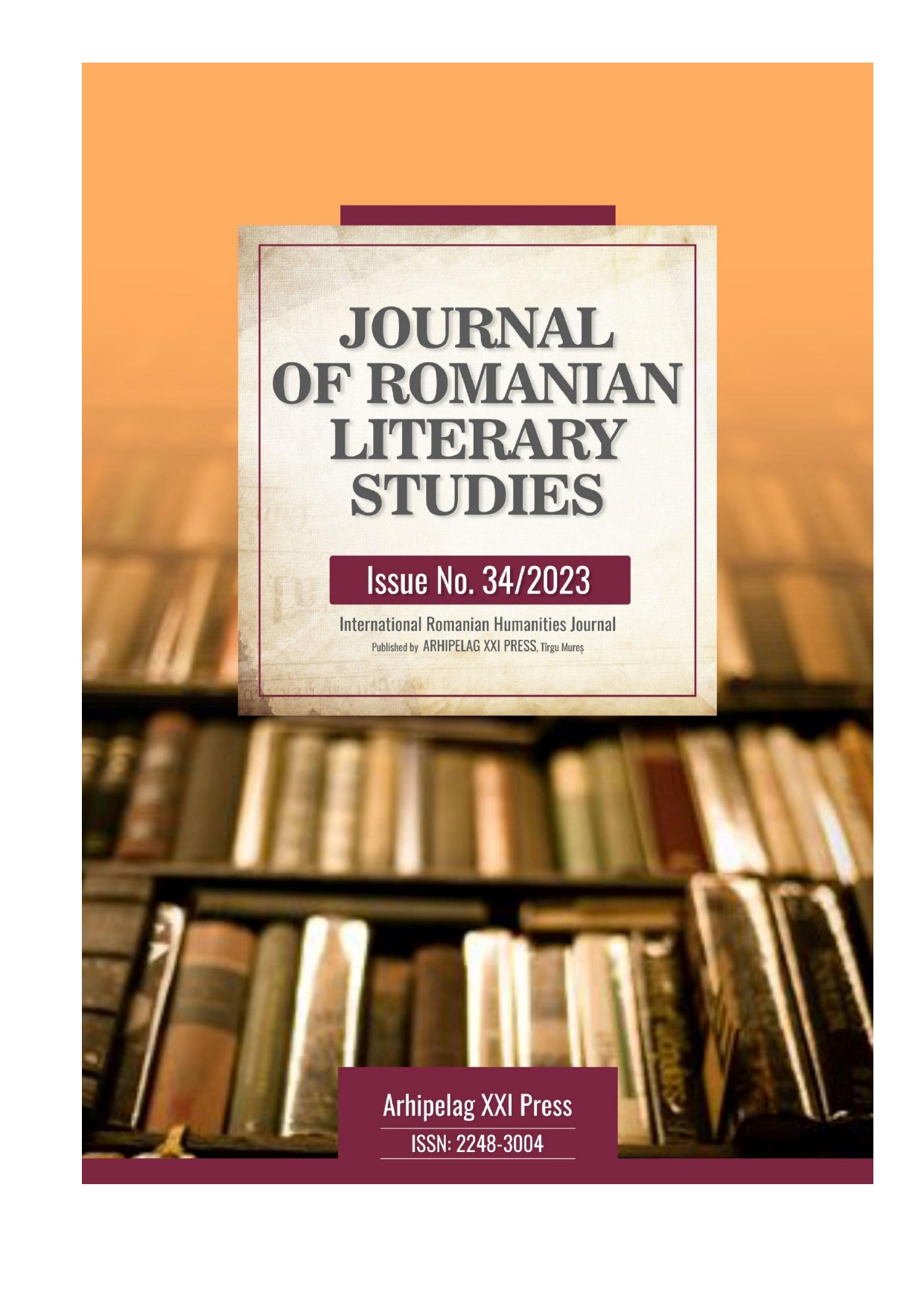Author(s): Violeta Marinela Preduţ (Dumitru) / Language(s): Romanian
Issue: 33/2023
The term "fashion" came into circulation at the end of the 15th century, in French-mode- and in English- fashion. The semantic history of the concept of "fashion" indicates a register of meanings: from ethical ones -"measure", "decency" and aesthetic ones - "elegance", "manner", "beauty", "good taste", to the general ones of modernity, contemporaneity, actuality. In the common language, the word "fashion" inherited a meaning from all these, while the scientific discourse combined it with the phenomena of communication, imitation, conformity, social change, innovation. There is a tendency to overlap the meaning of the concept of fashion with that of clothing, both in common and scientific language, but fashion is mainly reflected in clothing, but it does not stop there. Clothing communicates information to viewers through the visual language elements of which it is composed, points, lines, colors, color spots, shapes, but at the same time it communicates the social status of the wearer, it communicates the state of mind, some moral values, belonging to various styles and groups. Clothing is an abbreviation of who we are, what we think. In order to truly understand the role that clothing occupies in human society, we must return to its origins, understand the motivations that lead us to use it, establish the place it occupies in modern society and how we can make the consumption of clothing products to reduce global pollution.
More...
